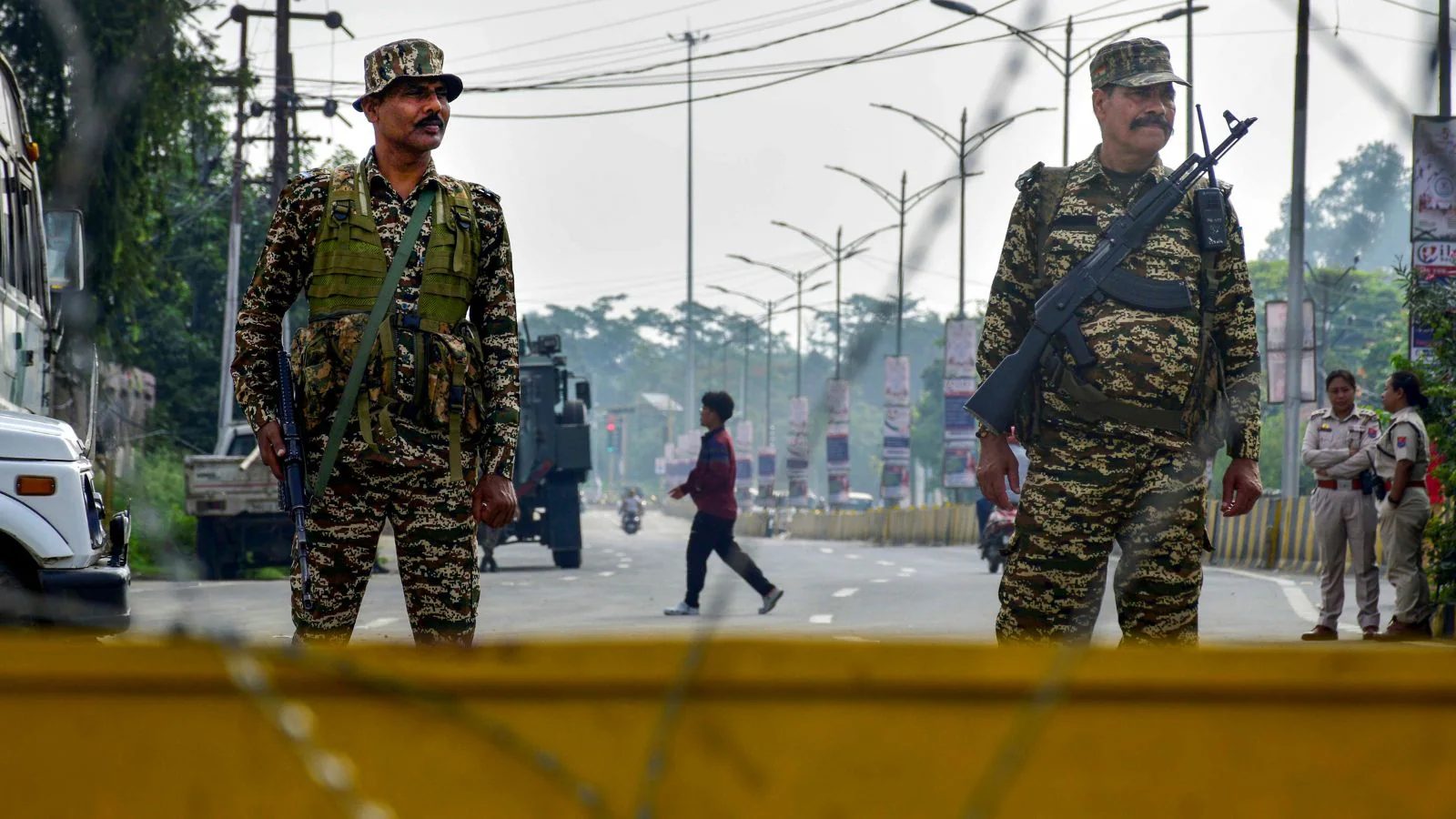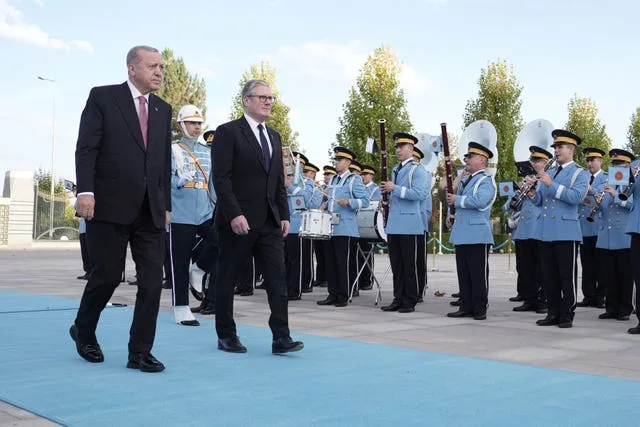Copyright news18

Bangladesh’s Chief Advisor Muhammad Yunus’s , in a symbolic message, gifted the artwork — Art of Triumph — to Pakistan’s Chairman Joint Chiefs of Staff Committee, General Sahir Shamshad Mirza. As the work reportedly includes a controversial map of Bangladesh with India’s Northeast region, the move is far from diplomatic, said top intelligence sources. “The Northeast (NE) is gate to Southeast Asia for all the countries involved in conspiracy against India. The NE region is one of the country’s richest resource zones as this is holding around 1.1 billion tonnes of coal mainly in Assam and Meghalaya,” they said. ALSO READ | Gift To Pak General Or Message To India? Decoding Yunus’s Bangladesh Map Featuring NE | Exclusive “Misrepresenting the area on maps can be a low-cost way to test nationalist reactions or revive separatist sentiment,” they said, adding, “Portraying the NE as part of another country through maps, statements or academic art is a soft act of war. Yunus wants to convey through Pakistan that India’s borders are negotiable and any external forces can be roped in to negotiate.” A look at the times when Northeast saw trouble owing to the involvement of foreign hand: 1. Manipur Meiteis and Kukis (2023-25): Ethnic clashes between Meiteis and Kukis posed a major problem for central government. These Manipur clashes escalated due to arms smuggled from Myanmar and militant sanctuaries across the border. Foreign-trained Kuki-Zo insurgents exploited refugee influx from Myanmar’s Chin State. Over 200 deaths and 60,000 displacements made it India’s worst ethnic conflict in decades 2. Weapon Smuggling Myanmar-Moreh Route (2023-25): Transnational arms-trafficking networks smuggled weapons into Manipur and Nagaland. They are creating more insurgent violence. Routes operated via Tamu-Moreh and Sagaing Region, involving Chinese-origin rifles. The NIA traced financing to Myanmar-based arms cartels and ethnic rebel brokers. 3. Assam-Myanmar Border (2023-24): ULFA and Naga insurgents revived operations using Myanmar safe havens and illicit cross-border trade. Camps in Sagaing and Kachin regions provided training and explosives. Chinese-made detonators and satellite radios were recovered from captured cadres. 4. Assam-Bangladesh Corridor (2023-24): The arrests exposed jihadi sleeper cells linked to Ansarullah Bangla Team plotting terror strikes. Operatives used madrasa networks in Barpeta and Goalpara as safehouses. Indian agencies found encrypted communication with Dhaka handlers and funding via hawala. 5. Golden Triangle-Mizoram-Manipur 2022-25: Narco-terror routes from Myanmar funded insurgent violence and corrupted locals. Methamphetamine and heroin seizures rose over 300% in two years. Drug money laundered through Aizawl and Imphal business fronts sustained rebel logistics. 6. Arunachal-China Border (2023-25): Chinese PLA incursions and infrastructure pressure triggered civilian protests and border tension. Beijing’s road and village projects inside Indian-claimed zones provoked clashes. Intelligence reports link Chinese funding to select NGOs mobilising anti-dam agitations. 7. Tripura & Lower Assam (2024): Cross-border radical preachers and illegal funding from Bangladesh caused communal tensions and riots. Radical literature traced to Chittagong-based Islamist fronts and Gulf donors. Local mosques and madrasa committees were infiltrated by foreign-trained ideologues.



